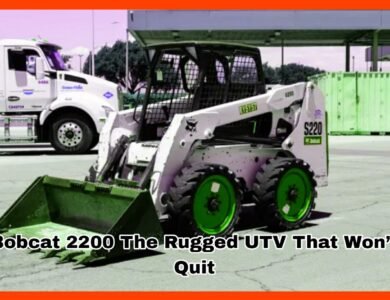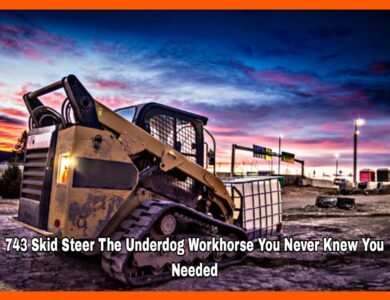Heavy EquipmentRoad Construction Equipment
Heavy Equipment Rollers Powering the Movement of Giants
Heavy Equipment Rollers Powering the Movement of Giants

Heavy Equipment Rollers Powering the Movement of Giants
Heavy equipment rollers are the unsung heroes of the construction world, silently making it possible for massive machines and equipment to move effortlessly across various terrains. Whether it’s bulldozers, cranes, or massive mining trucks, rollers make sure that every heavy piece of machinery glides smoothly and safely. Let’s dive into what heavy equipment rollers are, why they’re essential, and how they impact the world of heavy machinery!
What Exactly Are Heavy Equipment Rollers?
In essence, heavy equipment rollers are large cylindrical wheels designed to handle extreme loads. These rollers support construction vehicles, industrial equipment, and heavy machinery during both transport and operational activities. They come in various sizes and configurations, ensuring that any piece of equipment no matter how massive can be moved.“Heavy equipment rollers are not just wheels—they’re the backbone of the industrial world.”
The Role of Rollers in Equipment Movement
Heavy equipment rollers are used in a variety of ways to make machinery mobile and functional:- Transportation: Moving equipment across job sites or between locations.
- Stabilization: Providing a stable platform for machinery, ensuring even weight distribution.
- Support: Ensuring that heavy equipment doesn’t damage or create wear on surfaces like floors or asphalt.
Key Types of Heavy Equipment Rollers
Heavy equipment rollers come in several types depending on the task at hand:- Static Rollers: Used for smoothening surfaces during construction or demolition projects.
- Vibratory Rollers: Equipped with vibration mechanisms for better compaction.
- Pneumatic Rollers: These use rubber tires to provide smooth finishes on surfaces.
Why Are Heavy Equipment Rollers Essential?
Without heavy equipment rollers, moving colossal machines would be a nightmare. Imagine having to drag a bulldozer across rough terrain—talk about a headache! Rollers play an essential role in:- Efficiency: They make the transportation of heavy loads faster and more efficient.
- Safety: By evenly distributing weight, they prevent damage to equipment and surfaces.
- Durability: Rollers are built to withstand tough environments, making them a long-lasting investment for any construction or industrial site.
Benefits of Heavy Equipment Rollers
- Increased Mobility: Rollers make it easier for equipment to move from one place to another.
- Reduced Risk of Damage: With proper weight distribution, heavy equipment is less likely to suffer damage during transit.
- Cost-Effectiveness: Investing in high-quality rollers can prevent the need for frequent repairs or replacements of machinery.
“Good rollers are a sound investment in the long-term productivity of your heavy equipment.”
Key Considerations When Choosing Rollers
When selecting rollers for your heavy equipment, you’ll want to keep a few key factors in mind:- Weight Capacity: Ensure the roller can handle the weight of the equipment you’re moving.
- Surface Type: Different rollers are designed for different surfaces, from gravel to asphalt.
- Durability: Choose rollers that are built to withstand the harshest conditions.
- Size and Shape: Match the size of the roller to the dimensions of your machinery.




